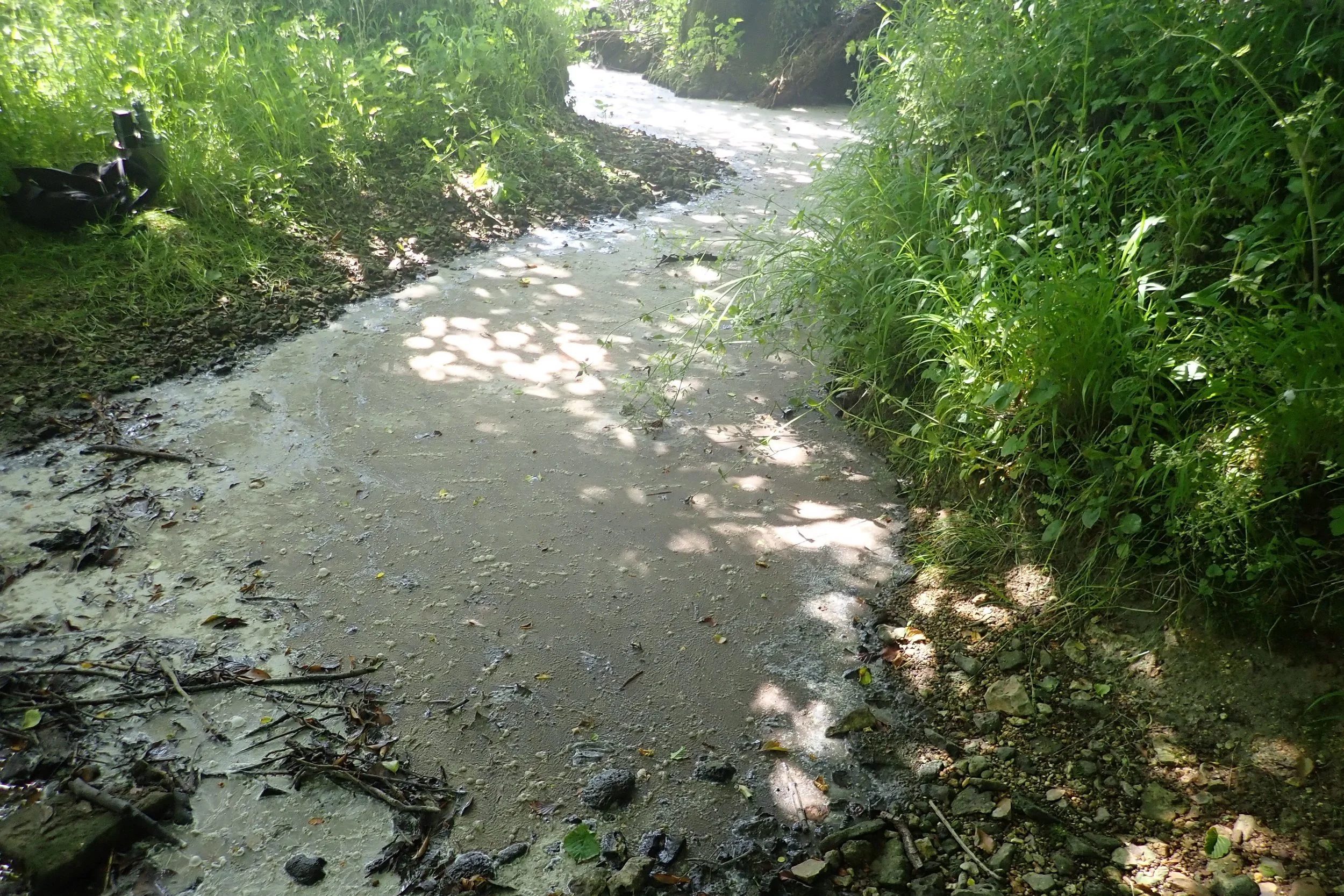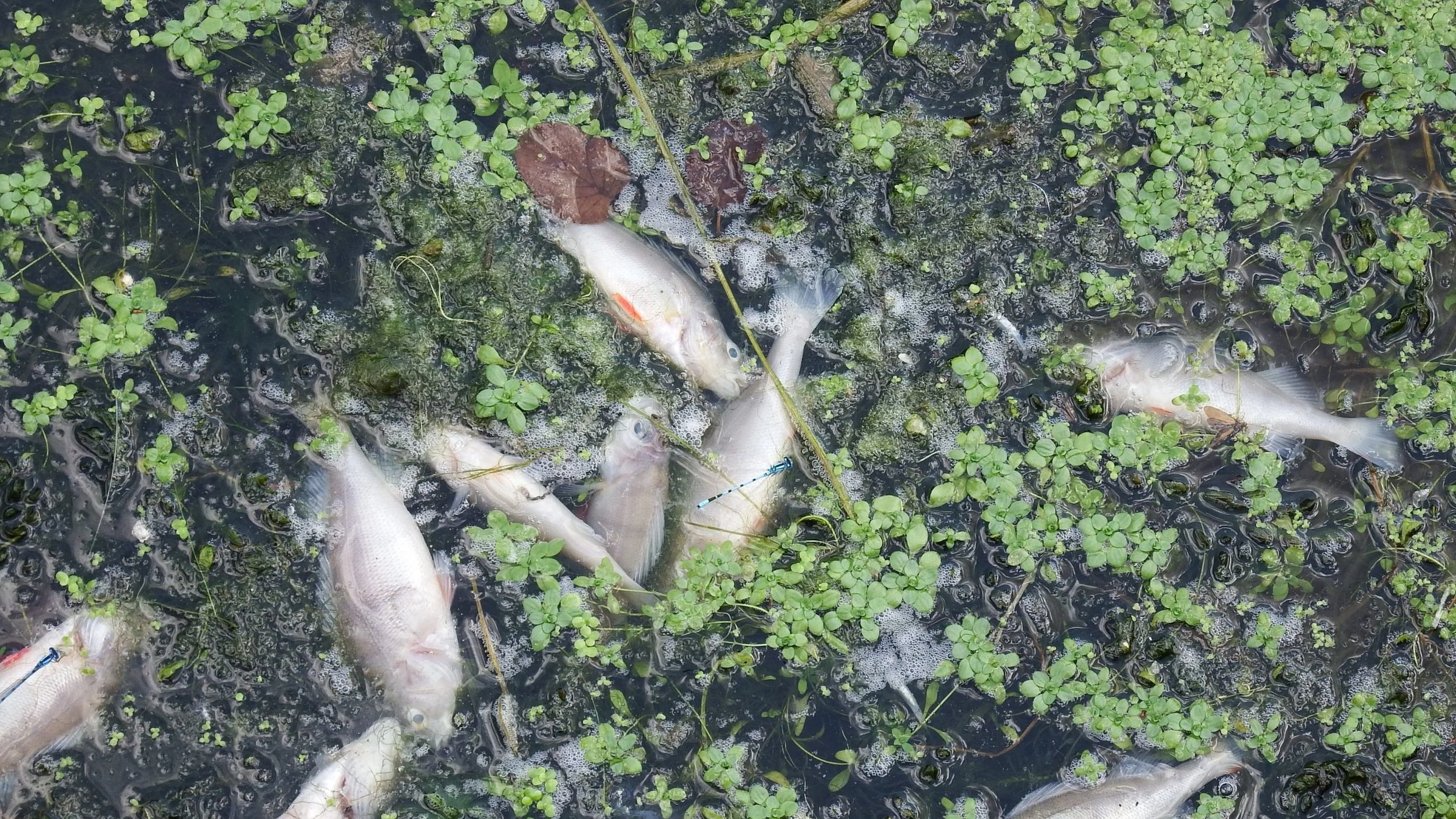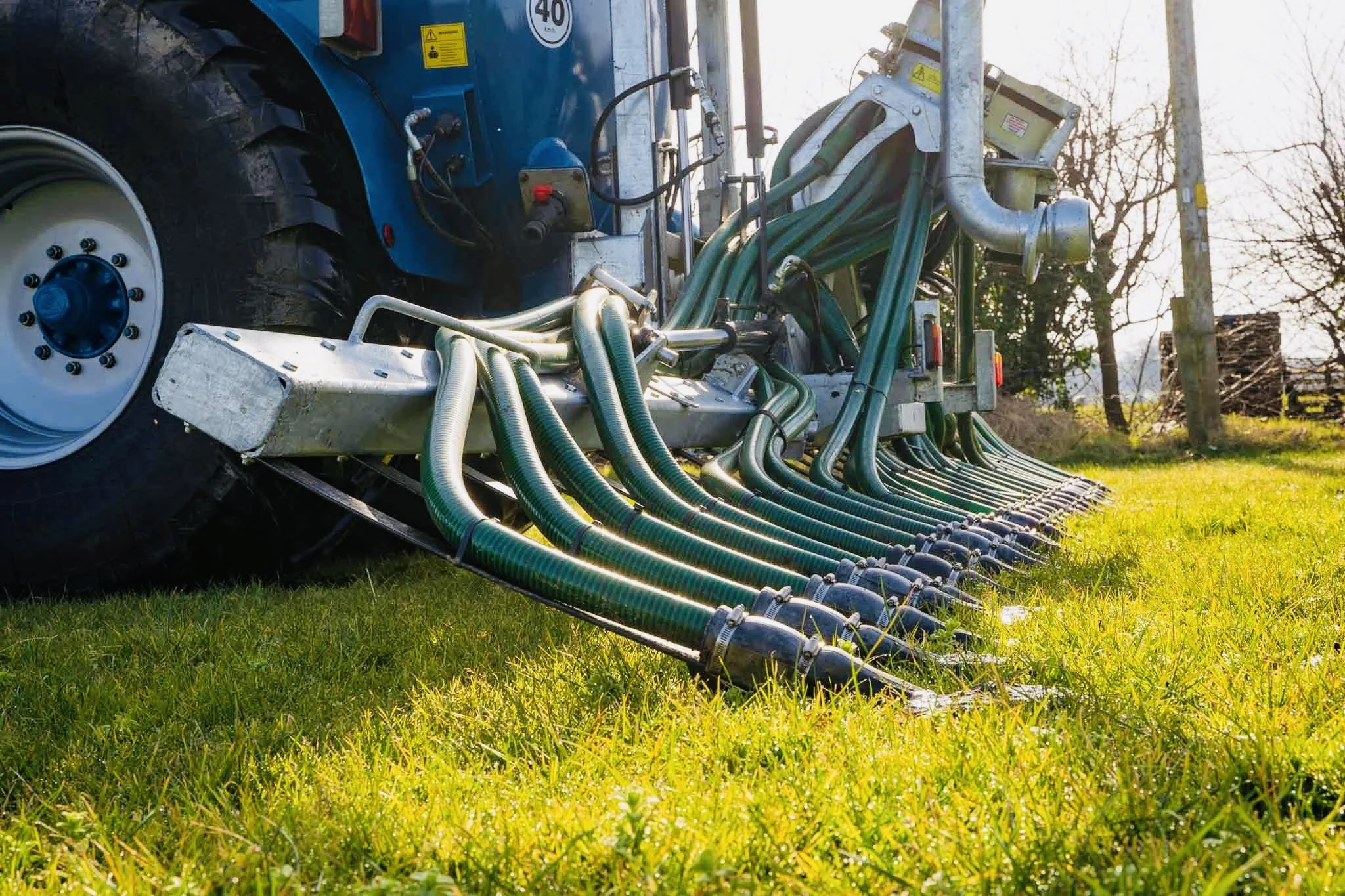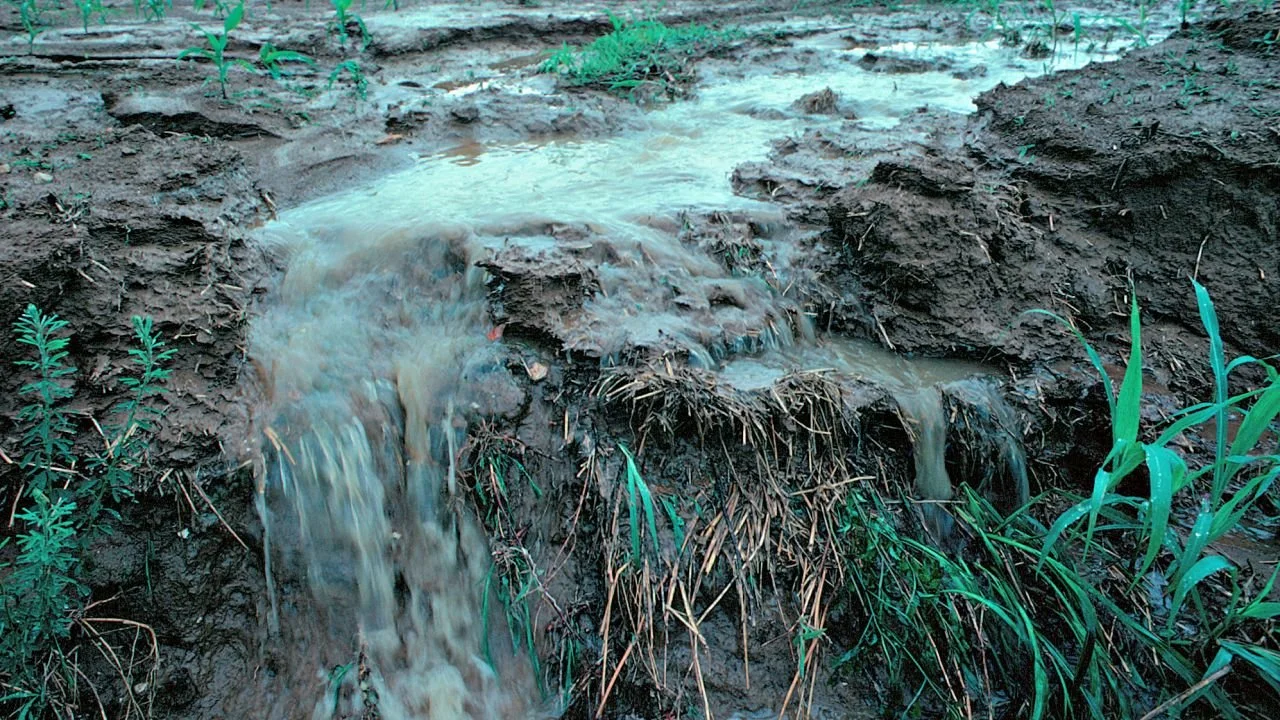Why is Silage Effluent so pollutive?
It seems that everyone has it in for silage effluent. It’s the one agricultural aroma that always gets right up peoples noses and it has definitely got the environmentalists all very heated under the collar. It is no coincidence that the policy makers have it in for silage effluent too because there are a whole load of rules and regulations concerning how you deal with the stinky stuff. So exactly what is it about silage effluent that makes all those strict rules so necessary?
Why are there so many rules about silage effluent?
If you read the SSAFO regulations (go on I dare you) it is very clear that silage effluent is the number one enemy. Sure there are rules for slurry storage but compared to silage they are a bit on the lax side. For silage effluent there are some absolutely rigid rules that don’t allow for any interpretation, you just have to do it! So what is it about silage effluent?
Silage effluent in river from the Environment Agency
The reason that silage effluent is the main focus of the regulations is because it’s probably the most pollutive stuff that has the potential to escape the farm and get into the water courses. The only thing this is a greater risk (that we handle in any volume) is milk. Now silage effluent has a reputation for being dangerous due to its low pH acidic nature but its pollutive power has nothing to do with this acidic nature however, it’s all to do with its BOD - Biological Oxygen Demand.
What is Biological Oxygen Demand in silage?
The BOD is a way of measuring how dangerous something is to water courses. The water contains just enough dissolved oxygen to keep the fish and all the other water lifeforms alive. When silage effluent gets into a water course, this oxygen is very quickly used up and there isn’t enough to support aerobic lifeforms who call the water home. That’s why you quickly see dead fish if effluent gets into a stream, and whilst the fish are the visible evidence, in actual fact just about everything will be dead.
So if its not the acid that’s killing them, how does silage effluent use up all the oxygen?
It will come as no surprise to learn (if you’ve read many of these pieces) that it is the bacteria again. This is because the silage effluent is such a really great feed source for aerobic bacteria. These little fellas get to work growing and multiplying and as they do so they use up the all oxygen dissolved in the water. They can do this at such a rate that the water can’t replenish the oxygen fast enough and the fish and other vertebrates just can’t survive.
Dead fish in the river London Waterkeeper
Once you understand what’s going on you can see why milk is perhaps the worst pollutant agriculture (usually) deals with. To put some numbers to this, below are the BOD figures for some common pollutive substances in mg/l of oxygen:
Raw Domestic Sewage - 300
Parlour Washings - 1,500
Cattle Slurry - 17,000
Pig Slurry - 25,000
Silage Effluent - 65,000
Milk - 100,000
It’s a bit of a surprise that silage effluent is almost 4 times more pollutive than cow slurry so it’s not really a surprise that it has so much in the way of regulation. The fact that silage effluent is such a good feed source is an indication that the silage has given up those nutrients to the effluent. That’s maybe yet another reason to try and optimise the dry matter and therefore minimise the amount of effluent produced.
What about silage COD?
No that’s not a typo error, there is more to pollution than BOD unfortunately. The COD of a pollutant is the measure of its Chemical Biological Demand. This is a measure of the amount of oxygen that is required for the chemical reactions that take place during the breakdown of the organic elements in the pollutant. Although silage effluent isn’t the king of COD, it’s not great. Silage effluent can have a typical COD of 60,000 mg/l compared to washings that might be nearer to 5,000 mg/l.
Given the size of these numbers, it’s really no surprise that the fish all die as soon as the effluent hits the water course. Whilst the regulations tell you lots about how you can contain and store the stuff, it still leaves you with the ultimate job of getting rid of it. For AD plants you can add it into the digester but be careful to not upset the pH balance with too much in one short time. In most other cases, silage effluent is eventually going to end up spread on the land and this can be done safely.
Spreading on grassland with a Fleming tanker
How to spread silage effluent
The miracle that is the soil contains just about everything you need to safely breakdown silage effluent. What you must remember is not to overload the process. The silage effluent is potent stuff and spread at too heavy a dose it will scorch growing plants, overload the micro organisms and massively increase the risk of it making its way into a watercourse.
Dilution is the key, so you should dilute at least 1:1 or 1 part effluent to 2 parts water. Now it is - at the time of writing - possible to spread silage effluent that‘s diluted with dirty water or slurry, but it might not be such a good idea. This practice kicks up a stink and it’s one that the industry probably should be trying to avoid.
Why you must not mix silage effluent with slurry
The problem with mixing cow slurry with silage effluent is more unhelpful chemistry. Silage effluent reacts with cow slurry, more accurately the urine within the slurry, to produce toxic Hydrogen Sulphide gas. This is highly poisonous to just about all living creatures, to humans and cows alike. It is the reason that you are NOT allowed to store or mix the two in any below ground tanks. It is also the cause behind several tragic farm accidents to both people and cattle.
In open air stores it is technically possible to mix the two but the resultant gas is extremely unpleasant and is likely to encourage the sort of public pressures on livestock producers that Dutch farmers are fighting. Mixing slurry and effluent before spreading is just as likely to cause some sort of complaints.
Avoid the risk of run off
Its also important to remember that the breakdown of silage effluent is not instantaneous and whilst it’s going on, there is always the risk of run off into water courses. It makes sense to spread effluent on land that has the lowest chance of any run off occurring, even if there is that unexpected thunderstorm.
If you want to discuss reducing and controlling your risk of silage effluent pollution or would like to discuss any other aspects covered in this series, contact me at jeremy@silageconsultant.co.uk



